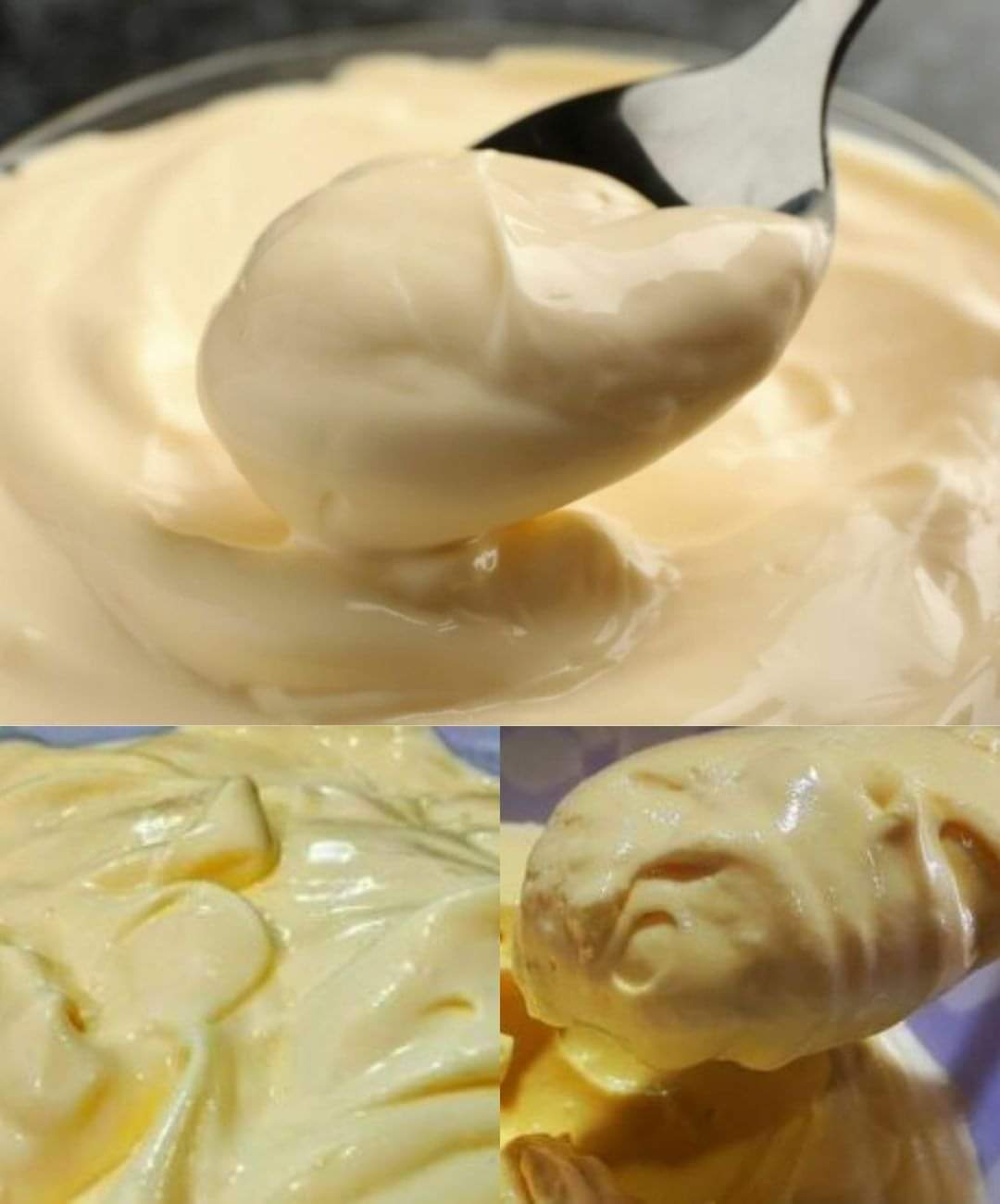
**Ingredients**
– 1 large egg yolk
– 1 cup neutral-flavored oil (such as canola, sunflower, or light olive oil)
– 1 tablespoon lemon juice or white vinegar
– 1 teaspoon Dijon mustard (optional for added flavor)
– Salt to taste
– Freshly ground pepper (optional)
**Instructions and Method**
1. **Prepare the Ingredients**: Start by ensuring that all your ingredients are at room temperature. This helps the emulsion come together more easily.
2. **Whisking**: In a bowl, add the egg yolk, lemon juice (or vinegar), and Dijon mustard. Whisk everything together until smooth. This base will serve as the foundation for your mayonnaise.
3. **Slowly Add Oil**: While continuously whisking the mixture, begin to add the oil *very slowly*—literally a few drops at a time. The key to good mayonnaise is to create an emulsion where the oil is thoroughly mixed with the yolk and acid. Continue whisking vigorously while adding the oil.
4. **Emulsification**: As you keep adding oil, the mixture will begin to thicken. Once it starts looking creamy, you can add the oil in a slow, steady stream. Keep whisking until the oil is completely incorporated and the mayonnaise has reached the desired consistency.
5. **Season**: Once thickened, taste the mayonnaise. Add salt and pepper to taste. If you like, you can add more lemon juice or vinegar for a tangier flavor.
6. **Storage**: Transfer the homemade mayonnaise to a clean, airtight container and refrigerate. It can be stored for up to a week.
**Formation of Mayonnaise**
Mayonnaise is an example of an emulsion, a process where two ingredients that typically don’t mix (in this case, oil and water) are combined. Egg yolks contain lecithin, a natural emulsifier that binds the oil and water together, preventing them from separating and giving the sauce its characteristic smooth, creamy texture.
**Benefits of Homemade Mayonnaise**
1. **Customization**: Homemade mayo allows you to experiment with flavors. You can add garlic, herbs, or spices to customize it.
2. **Fresh Ingredients**: Unlike store-bought versions, homemade mayonnaise is free from preservatives and artificial ingredients.
3. **Healthy Oils**: You can control the type of oil used, opting for healthier options like olive or avocado oil.
4. **Versatility**: Use it as a base for many sauces like aioli, tartar sauce, or dressings.
#### **Nutrition Facts (per tablespoon)**
– Calories: 94
– Total Fat: 10g
– Saturated Fat: 1.5g
– Cholesterol: 7mg
– Sodium: 88mg
– Carbohydrates: 0g
– Protein: 0.2g
*Note: The nutrition values can vary based on the type of oil used.*
#### **Mayonnaise Lovers**
Mayonnaise is beloved around the world, especially in Europe and North America. It’s a staple in French and Belgian cuisine, often served alongside frites (fries). In Japan, Kewpie mayonnaise is a cult favorite, known for its tangy flavor and smooth consistency. Mayonnaise lovers often use it as a spread, a dip, or even as a marinade for meats.
**Alternative Methods**
– **Food Processor Method**: If you prefer not to whisk by hand, you can use a food processor. Add the egg yolk, lemon juice, and mustard to the processor, and while running, slowly drizzle in the oil. The processor will quickly emulsify the ingredients.
– **Immersion Blender Method**: Another quick method involves using an immersion blender. Place all the ingredients in a jar, insert the blender, and blend until the mayonnaise forms, typically in less than 30 seconds.
**Conclusion**
Homemade mayonnaise is a culinary staple that elevates everyday meals. Its creamy texture, fresh taste, and the ability to control the ingredients make it a must-try for anyone who enjoys cooking. Whether you’re making sandwiches, salads, or dipping sauces, homemade mayo offers a world of flavor.
**For the Mayo Lovers**
For those who can’t get enough of mayonnaise, it’s not just a condiment but a passion. From potato salads to deviled eggs, mayonnaise lovers celebrate its richness and flavor-enhancing abilities. Some even use it as a secret ingredient in baking cakes or cooking grilled cheese sandwiches for an extra layer of creaminess.
—
I hope this comprehensive mayonnaise recipe, with its historical background, methods, and nutrition facts, inspires you to make your own at home! Let me know if you’d like further clarification or additional recipes.